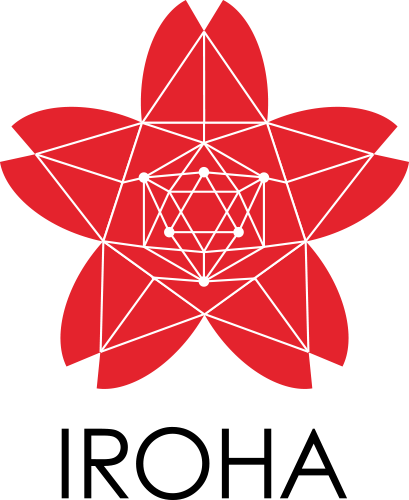Blockchain platform Hyperledger Iroha is designed for simple creation and management of assets. This is a distributed ledger of transactions.
It does following things:
Among the basic functional requirements of the system are the following groups:
- Asset management: where asset could be the equivalent of a currency or as indivisible assets — land rights, serial numbers, patents, etc.
- Management of user accounts, user domains
- The system of rights and verification of user permissions for the execution of transactions and requests in the system
- Validation of business rules for transaction in the system
Among the non-functional requirements can be noted:
- the ability to deploy the system in linux containers on a standard configuration of office computers (no more than 2GB of RAM, 1TB storage)
- high degree of network fault tolerance (the system continues its operability and guarantees data reliability provided that no more than F nodes of the network fail at the same time, where 3F + 1 is the total number of nodes)
- quick processing of queries (less than 3 seconds in normal operating conditions)
- the system's bandwidth capacity (expected value of 100 thousand transactions per second)
Iroha is in development, with an estimate of v0.95 preview release in August.
System runs as a daemon, representing single peer in Iroha network. For each peer there is following package structure, corresponing to components of the system:
- Torii (gate) — package contains classes, which are in charge of interaction with users (clients)
- Network — interaction in network of peers
- Validation — checks business rules and validity (right format) of transactions or queries
- Synchronizer — helps to sync newcomers or temporary disconnected peers
- Simulator — generates temporary snapshot of storage to validate transactions
- Ametsuchi — ledger block storage
- Model — system entities, and converters for them
There components are passing following model objects, which represent entities in the system:
- Asset — equivalent of some currency or something that has value
- Account — represents client and his/her assets
- Block — single record in continuously growing list of ledger records
- Command — atomic action for change in the system (addition, removal, etc.)
- Domain — taxonomic/structural unit of accounts organization
- Peer — represents Iroha node in the system
- Proposal — list of transactions, that will be checked before forming a block
- Query — provides an interface to know current state of ledger
- Signature — used as a confirmation of the user signed the transaction, acts as user's identity
- Transaction — set of joint commands that will be applied to ledger atomically, and signatures for commands
For other components and more explanation please take a look at technical and design docs.
- Architecture
- Build iroha in local environment
- Using docker to build iroha container
- Deploying a network of N nodes
Copyright 2016, 2017 Soramitsu Co., Ltd.
Licensed under the Apache License, Version 2.0 (the "License"); you may not use this file except in compliance with the License. You may obtain a copy of the License at
http://www.apache.org/licenses/LICENSE-2.0
Unless required by applicable law or agreed to in writing, software distributed under the License is distributed on an "AS IS" BASIS, WITHOUT WARRANTIES OR CONDITIONS OF ANY KIND, either express or implied. See the License for the specific language governing permissions and limitations under the License.

